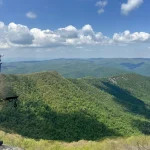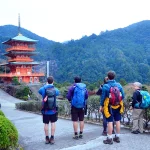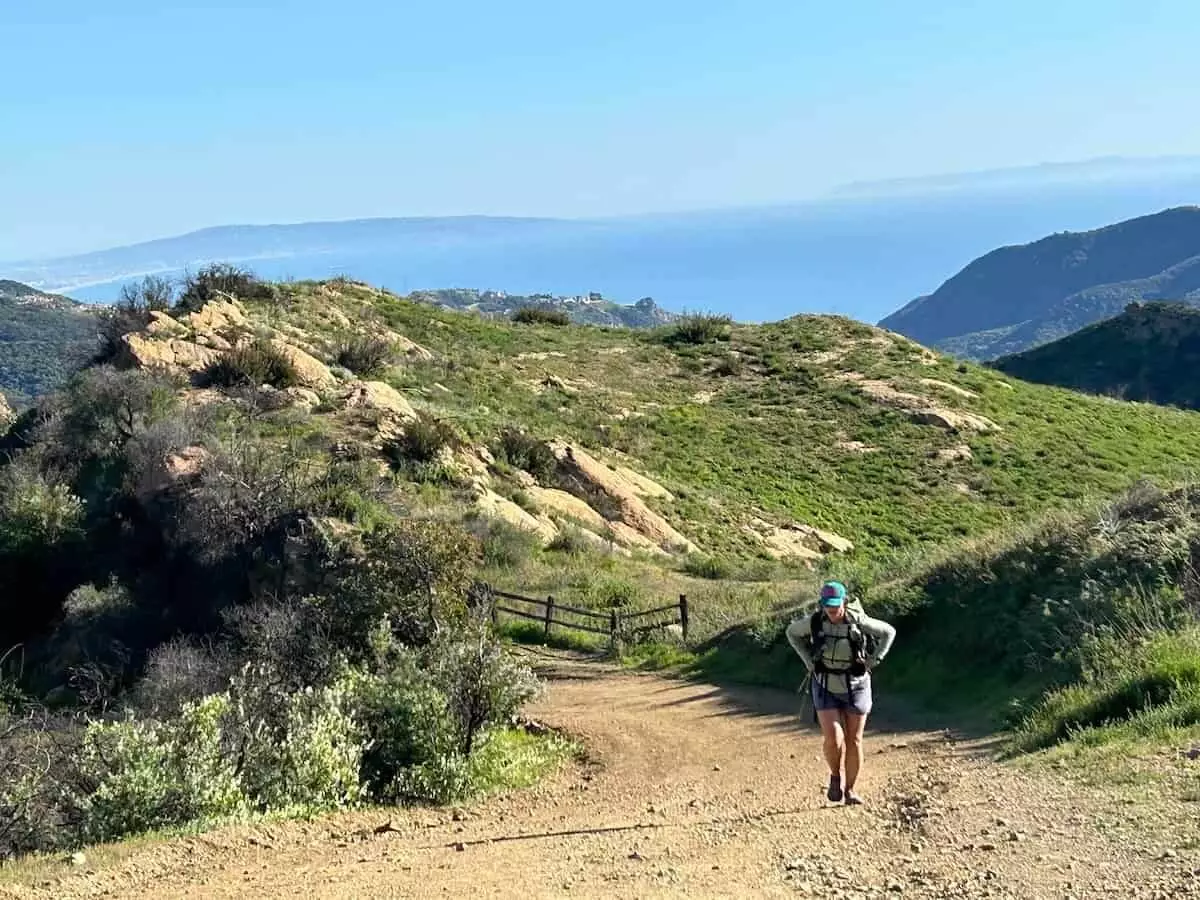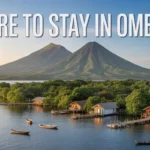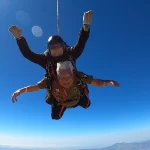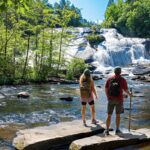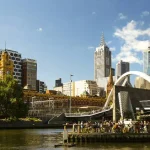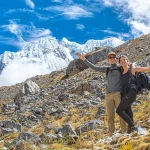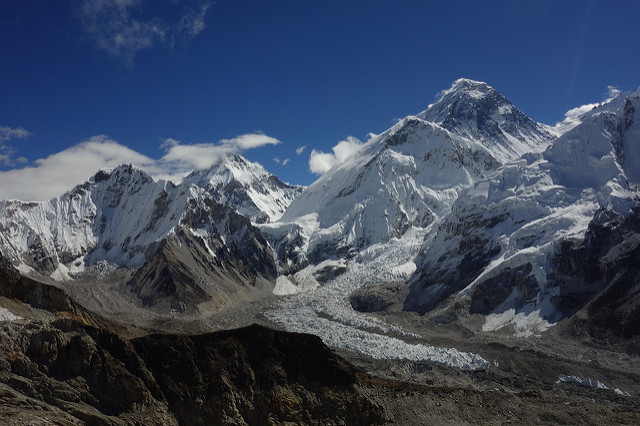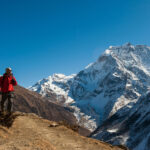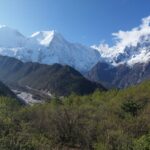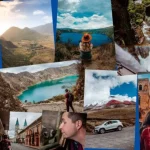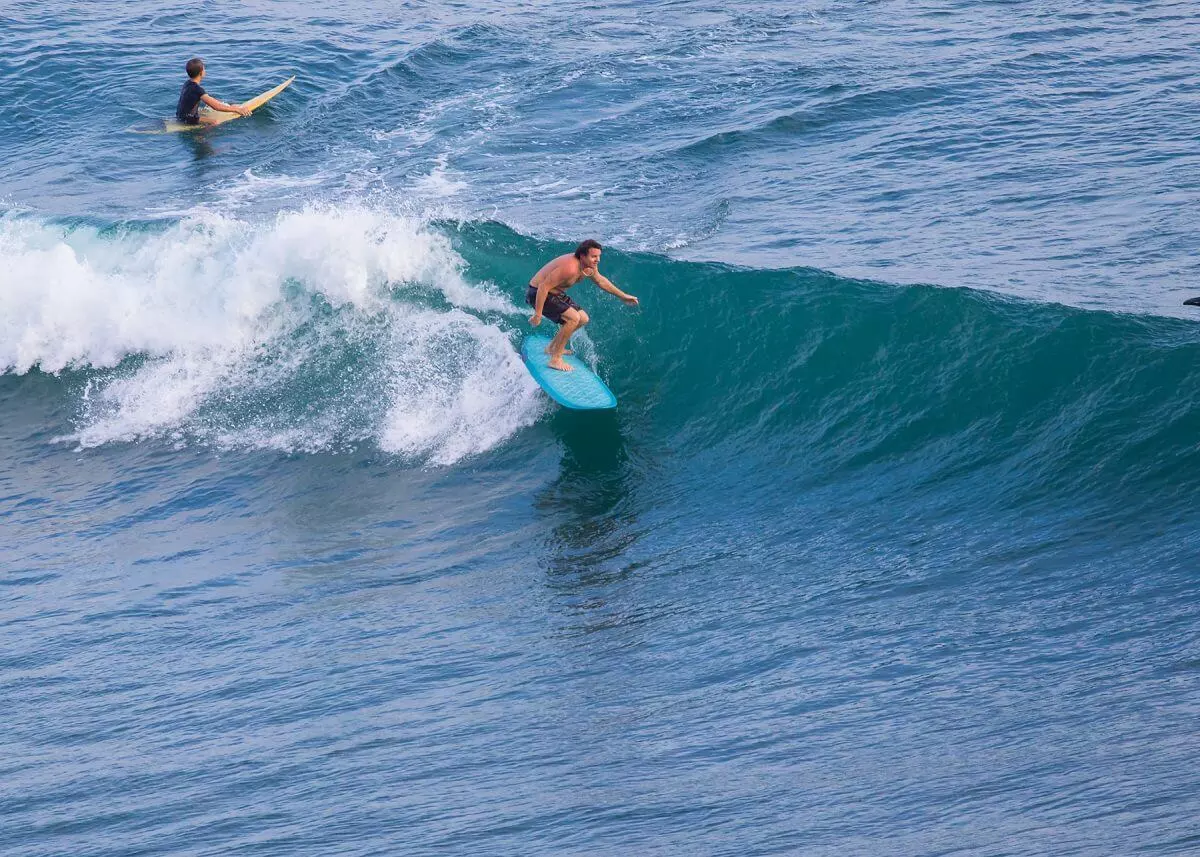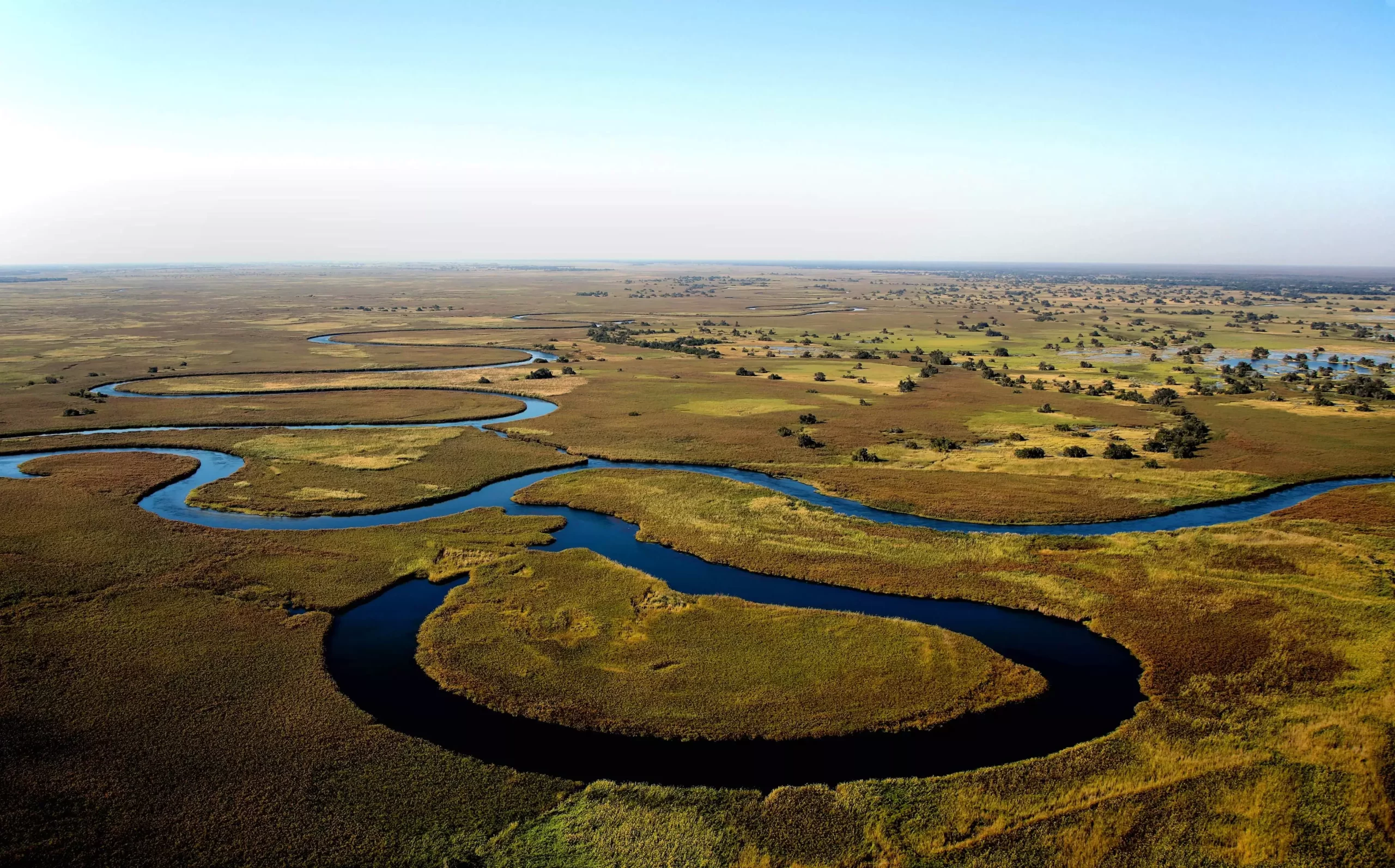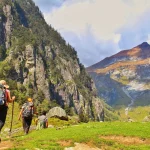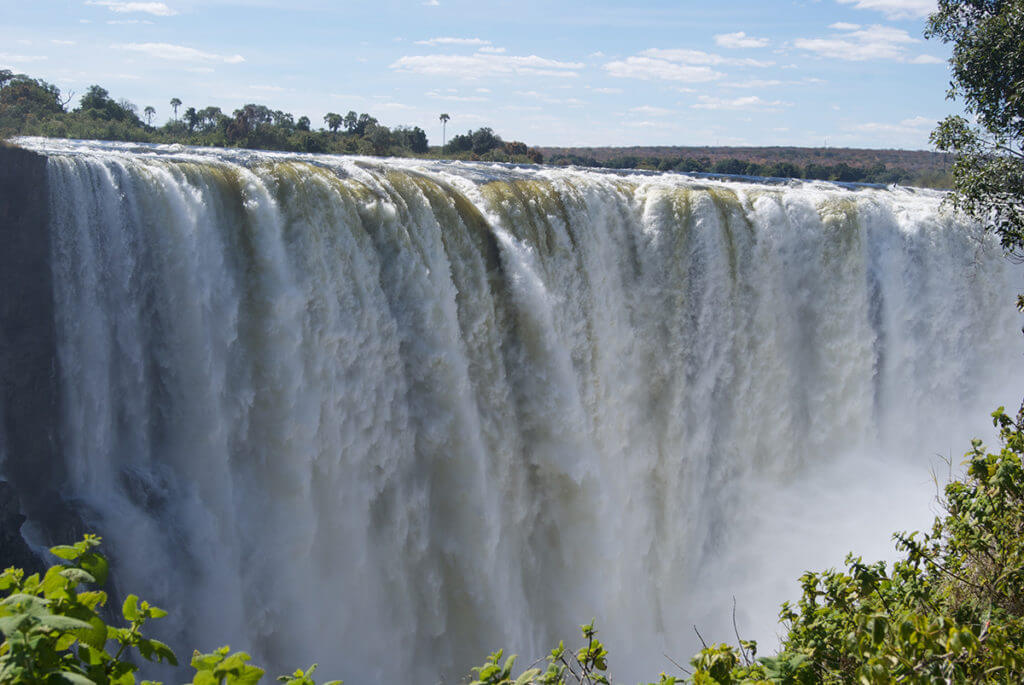Discovering the West highland Way Scotland Premier Long-Distance Trail
The west highland way scotland is a 96-mile (154 km) long-distance footpath in Scotland, stretching from Milngavie, just north of Glasgow, to Fort William in the Scottish Highlands. Established in 1980, it was Scotland’s first officially designated long-distance route and is now one of the country’s most popular trails, attracting thousands of walkers each year.
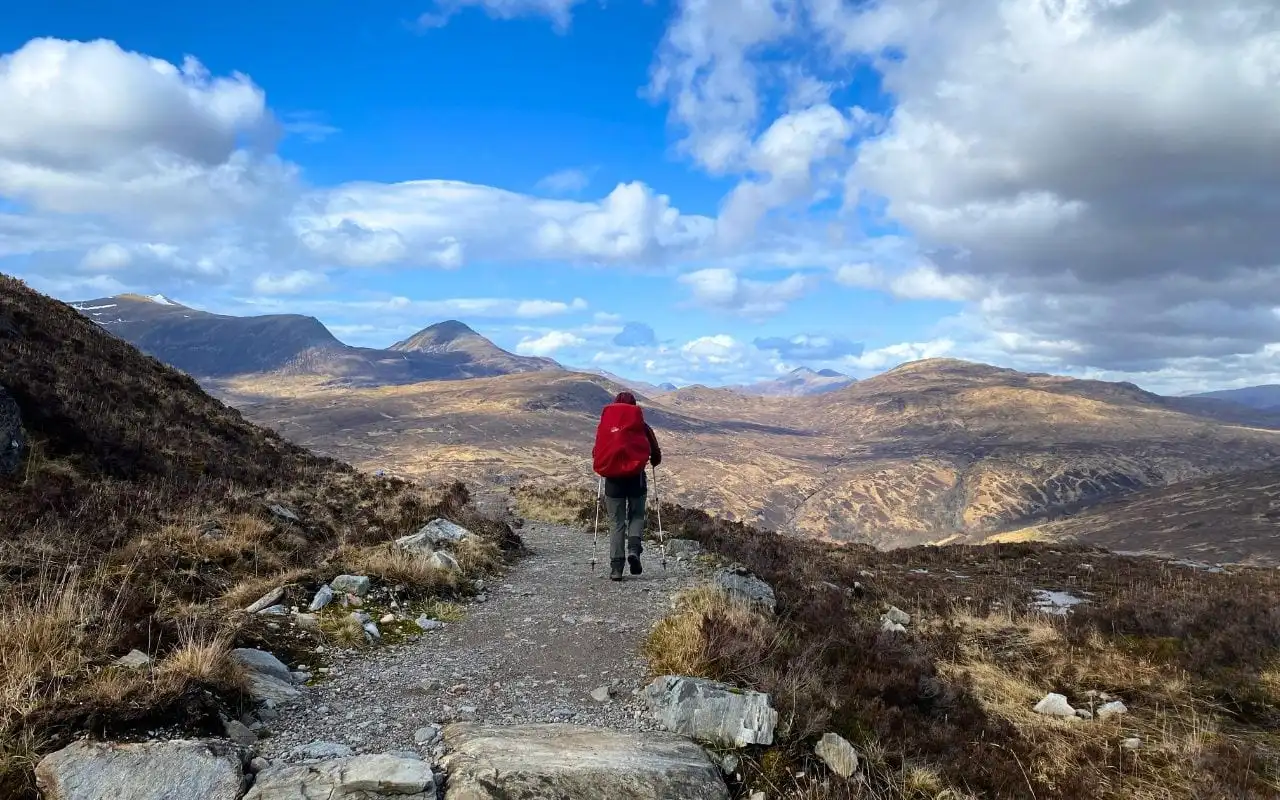
Content
Overview of the West highland way scotland
The West Highland Way offers a diverse range of landscapes, from the pastoral lowlands near Glasgow to the rugged beauty of the Scottish Highlands. The trail is typically completed in 7 to 8 days, with stages varying in length and difficulty. The route is well-marked and maintained, making it accessible to walkers of various experience levels.
Stages of the West Highland Way
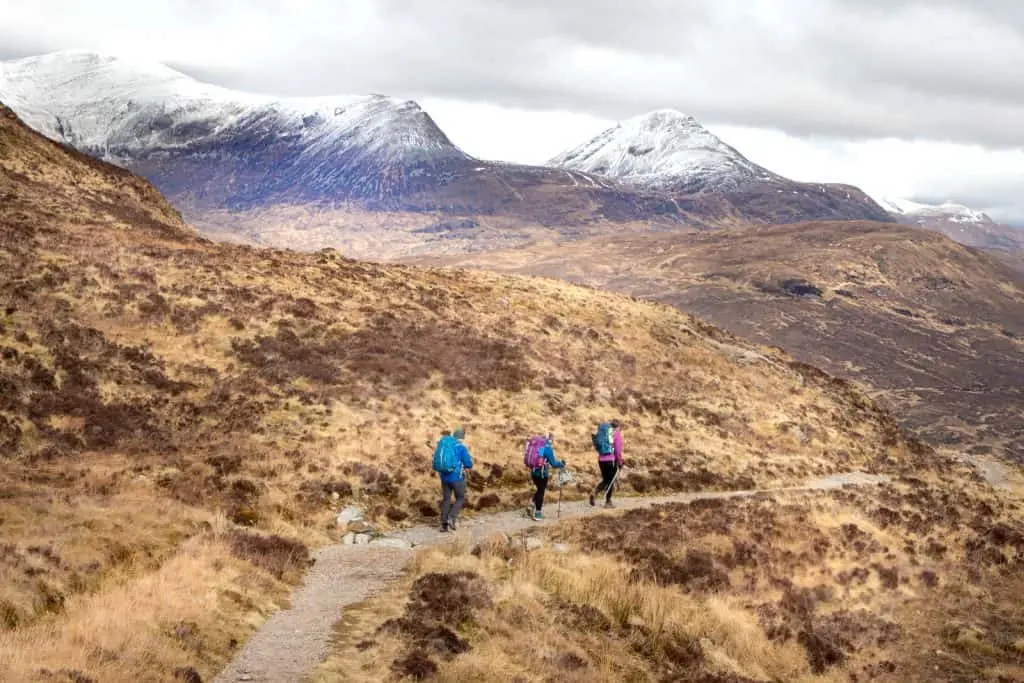
- Milngavie to Drymen (19 km): A gentle start through woodlands and farmland.
- Drymen to Rowardennan (23 km): Includes the ascent of Conic Hill, offering panoramic views of Loch Lomond.
- Rowardennan to Inverarnan (22 km): A challenging section along the eastern shore of Loch Lomond.
- Inverarnan to Tyndrum (19 km): Passes through Glen Falloch and Crianlarich.
- Tyndrum to Inveroran (14 km): Features open moorland and views of Beinn Dorain.
- Inveroran to Kingshouse (15.5 km): Crosses the remote Rannoch Moor.
- Kingshouse to Kinlochleven (14 km): Includes the ascent of the Devil’s Staircase, the highest point on the trail.
- Kinlochleven to Fort William (24.5 km): Descends into Glen Nevis, finishing at the foot of Ben Nevis.
Scenic Highlights & Landmarks
- Loch Lomond: The largest inland stretch of water in Great Britain by surface area, offering stunning views and diverse wildlife.
- Rannoch Moor: A vast expanse of boggy moorland, providing a sense of remoteness and solitude.
- Devil’s Staircase: The trail’s highest point at 550 meters, offering panoramic views of the surrounding mountains.
- Glen Coe: A glen of volcanic origins, known for its dramatic scenery and historical significance.
- Ben Nevis: The highest mountain in the British Isles, located near the trail’s end in Fort William.
Accommodation Options
The west highland way scotland offers a variety of accommodation options to suit different preferences and budgets:
- Hotels and B&Bs: Comfortable stays with amenities; examples include the Kingshouse Hotel and MacLean Guest House in Fort William.
- Hostels and Bunkhouses: Budget-friendly options like the Blackwater Hostel in Kinlochleven.
- Campsites: Designated areas for camping; note that wild camping is restricted in certain zones along Loch Lomond.
Packing List & Trail Preparation
Proper preparation is key to a successful hike:
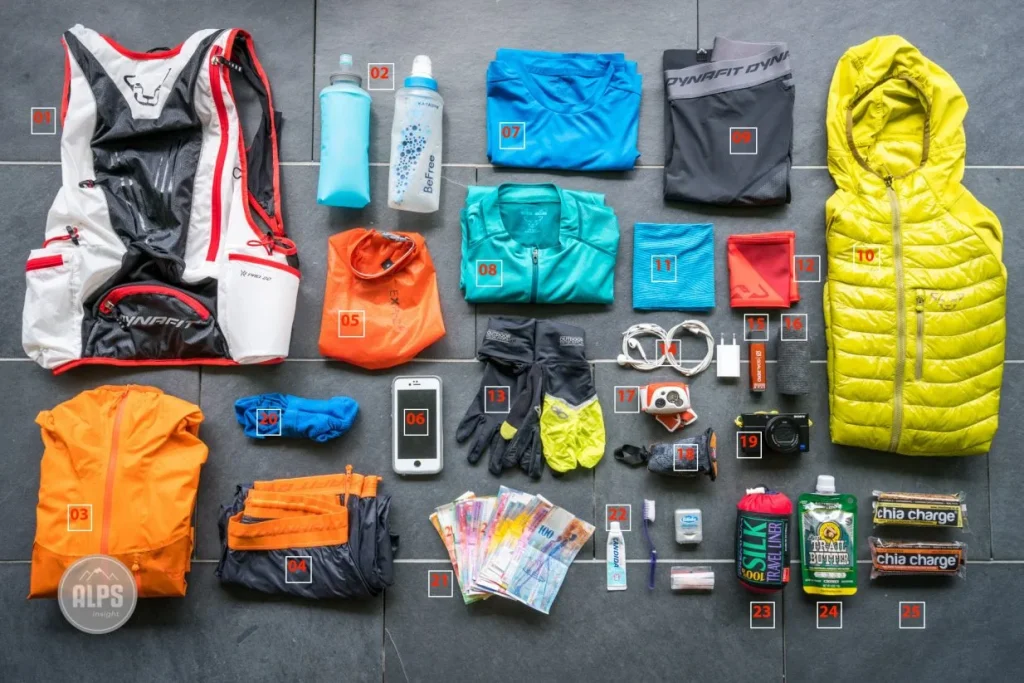
- Clothing: Layered clothing to adapt to changing weather conditions; waterproof jacket and trousers are essential.
- Footwear: Sturdy, waterproof boots with good ankle support.
- Backpack: A comfortable pack with a rain cover.
- Navigation Tools: Map, compass, or GPS device.
- First Aid Kit: Including plasters, antiseptic wipes, and any personal medications.
- Insect Repellent: To protect against midges, especially in summer months.
Trail Services
- Baggage Transfer: Services are available to transport your luggage between accommodations, allowing for lighter daypacks.
- Trail Passport: A souvenir booklet that can be stamped at various points along the trail.
- Information Centers: Located in towns along the route, providing maps, weather updates, and local advice.
Photography Tips & Instagram-Worthy Stops
Capture the beauty of the West highland way scotland:
- Conic Hill: Offers sweeping views of Loch Lomond.
- Rannoch Moor: Ideal for sunrise or sunset shots.
- Glen Coe: Dramatic landscapes perfect for wide-angle photography.
- Ben Nevis: A rewarding subject at the trail’s end.
Getting There & Logistics
- Starting Point: Milngavie is accessible by train from Glasgow.
- Ending Point: Fort William has train and bus connections to major cities.
- Return Journey: Consider taking the Jacobite Steam Train from Fort William to Mallaig, known for its scenic route.
Conclusion
Embarking on the west highland way scotland is a journey through Scotland’s diverse landscapes, rich history, and vibrant culture. Whether you’re seeking adventure, solitude, or a personal challenge, this trail offers an unforgettable experience. With proper preparation and an open spirit, the West Highland Way awaits to leave a lasting impression on every traveler.
FAQs
What is the best time to hike the West Highland Way?
The best time to hike the West Highland Way is between May and September, when the weather is mild and trail facilities like accommodation and baggage services are fully operational.
How long does it take to complete the West Highland Way?
Most walkers complete the West Highland Way in 7 to 8 days, depending on pace and route variations. Some may choose to hike it faster or add rest days.

This author’s life has been an adventure. He has visited over 30 countries, and lived in four different states. He is a traveler at heart, but he also loves exploring the outdoors on his bicycle or hiking with his canine companion.

